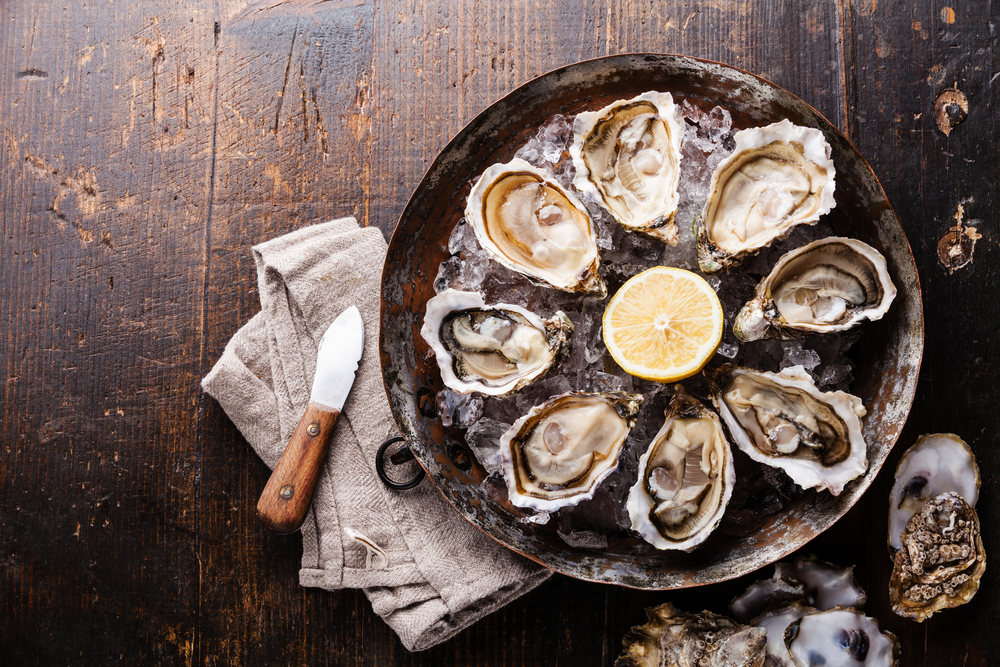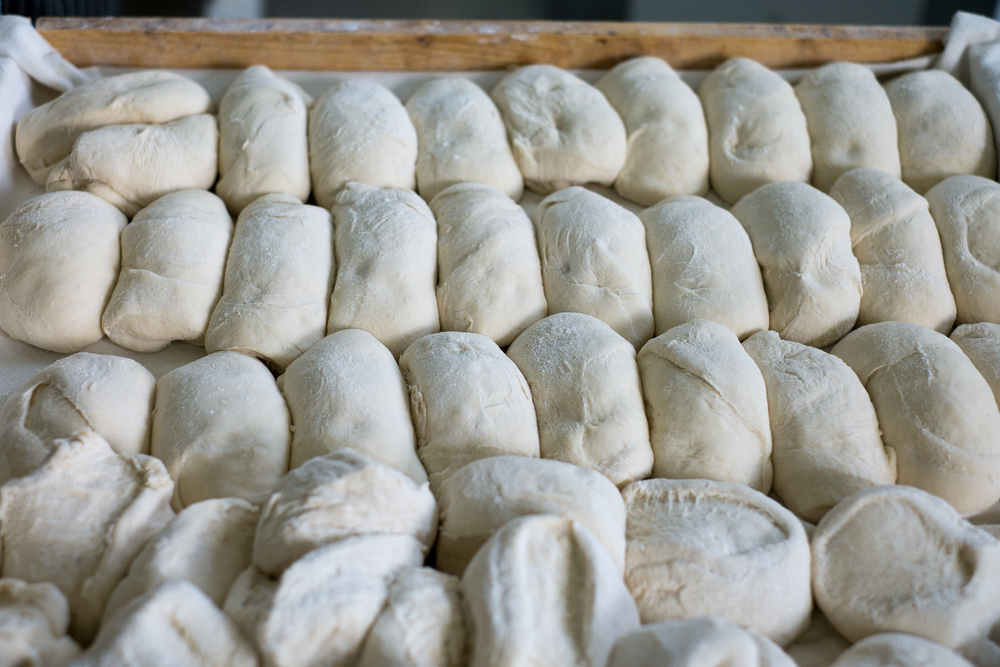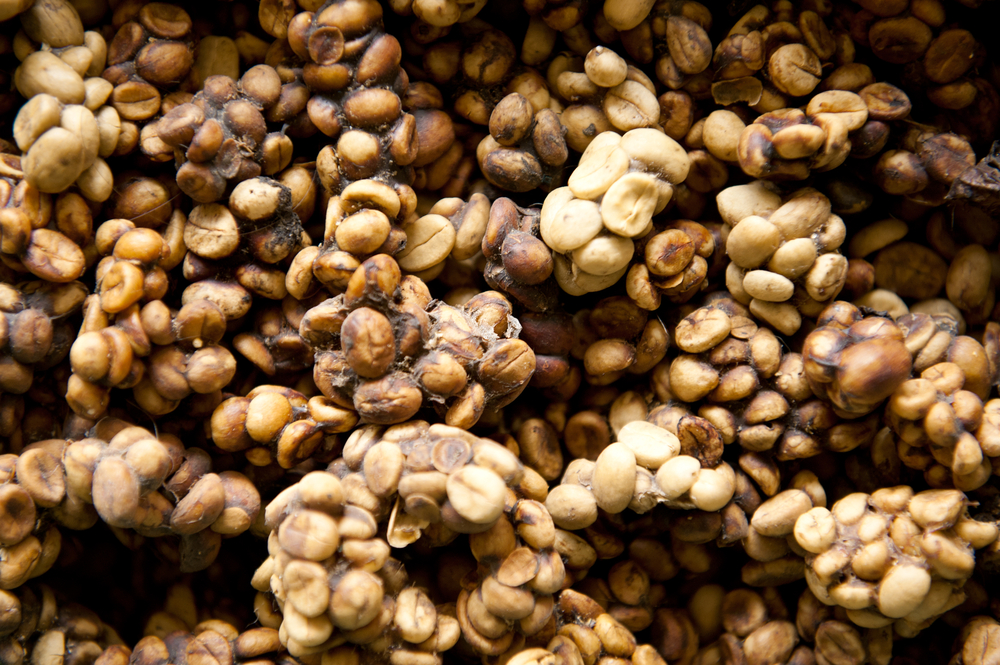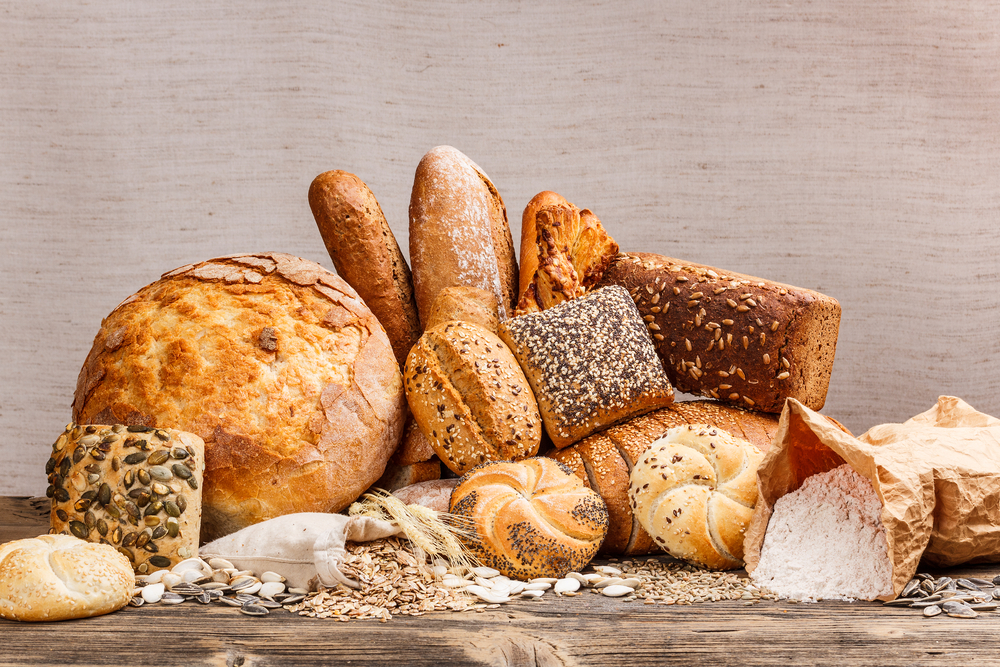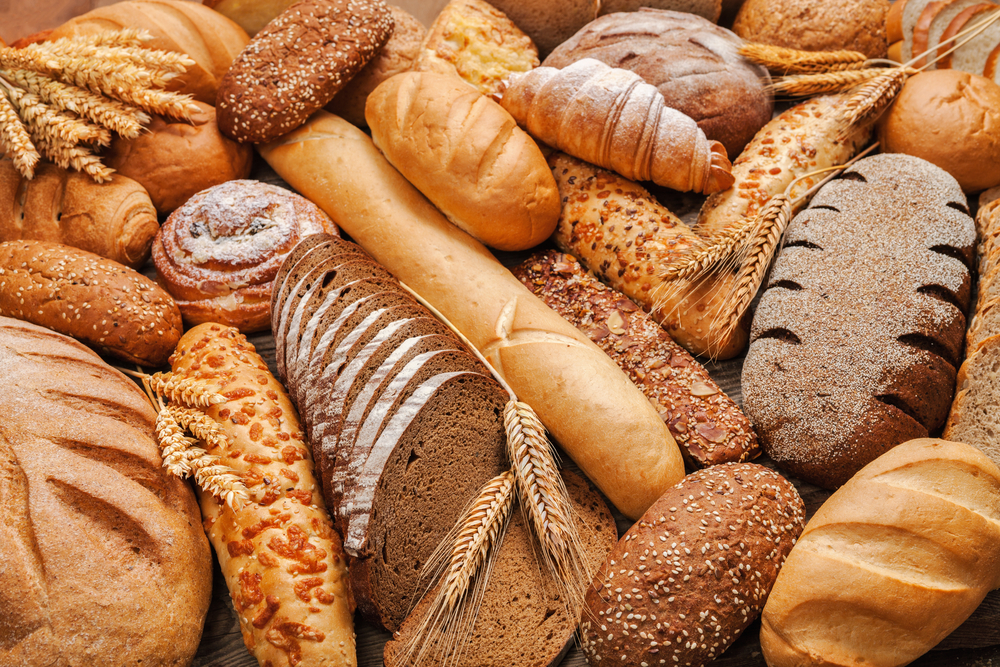Believe it or not, oysters used to be very inexpensive. In England in the 18th century, a person could buy 4 oysters for the price of a loaf of bread. These days, a pound of oysters will cost between $25 and $30 per pound.
The oyster industry has changed ever since poor environmental conditions killed off oyster beds. The industry has tried to make up for the shortage of oysters by farming them. However, the amount of oysters produced on farms has not kept up with growing demand.

Oysters are so expensive because the supply does not keep up with increased demand. Oysters are difficult to harvest and need to be shipped alive to maintain their quality. There is a high demand for fresh oysters because we consider them a delicacy for their interesting taste and texture. There is also a high demand for oysters for their health benefits.
What Has Made Oysters Become Scarce?
Oysters were cheap and plentiful at the beginning of the industrial revolution. The industrial revolution brought with it contamination and pollution. Factories and human waste contaminated the rivers that bring nutrients to the oyster beds.
Once the contamination of the rivers occurred, the oyster beds died off. In addition, the human waste in the rivers brought bacterial contamination to the oysters, which made them dangerous to eat. Most times, the damage to the oyster beds was permanent.
Oysters live in a delicate environment that must be free from pollution. The oysters eat algae which can only grow in clean, cool, salty water. Sometimes there are too many nutrients in the water. Fertilizer gets into the rivers and contaminates the ocean.
The extra nutrients in the water allow undesirable algae to grow in the water. The oysters cannot consume the algae. So much algae can grow in the water that the environment suffers from oxygen starvation.
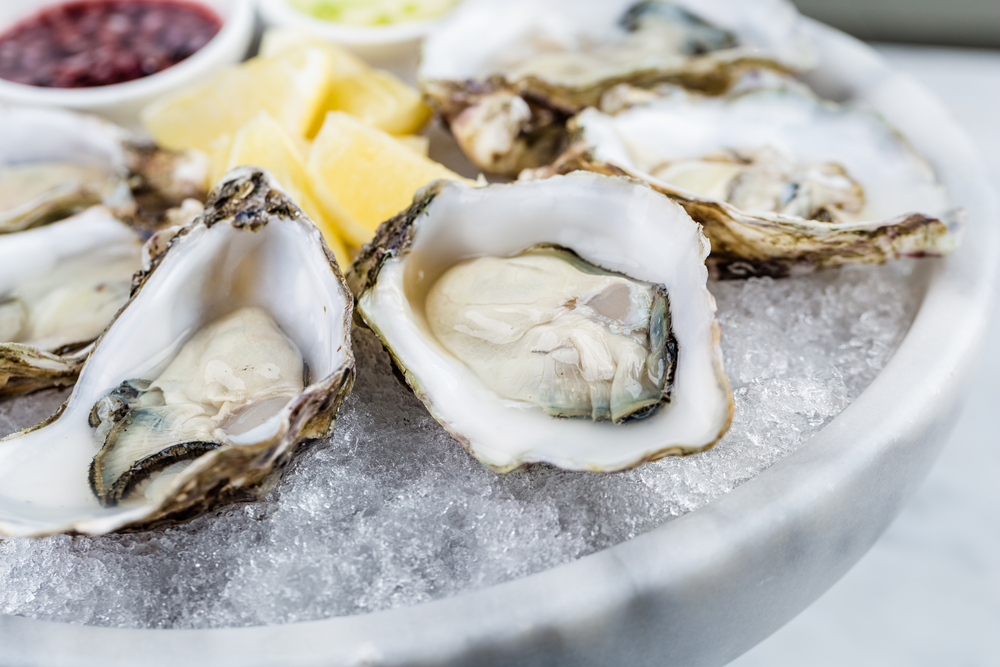
What Can Reverse The Depletion Of Oyster Habitat?
Much less contamination needs to be dumped into the oceans. This includes plastic waste, which also contributes to the decline in oyster habitat. Climate change is also a concern.
If sea level rises enough, existing oyster beds will submerge too deeply in the ocean.
Oysters must spend a little time each day out of the ocean water. The tides need to be at the proper level for this to occur. Sea level rise would not allow the oysters to have their required period outside of the water.
Over fertilization is a problem that affects the health of the oceans. Farmers need to learn how to use less fertilizer. They should capture the water that runs off their fields so they can remove the fertilizer.
Waste from cattle and hog farms also contributes to the decline in oyster habitat. Manure and urine acts as a fertilizer that causes overgrowth of algae. The waste itself can contaminate the oyster beds and cause bacterial overgrowth.
Oyster Farming
Oyster farming is a technique to grow more oysters while restoring the environment. Oysters typically need a rocky surface covered with shells to grow. Farmers have discovered that they can use metal cages. The oysters attach themselves to the cage to grow.
The water conditions at the oyster farms must be just right for the oysters to grow. The farmers help to convince polluters that are upstream of their farms to cut down on emissions of pollution. They also take measures locally to reduce pollution, such as creating settling ponds and estuaries.

Oyster farming is relatively new in the United States. The farms are successful, but they do not come close to making up for losing wild oysters. Oyster farms help lower the price of oysters, but only by a little.
Oyster farms are becoming more common, but there are barriers to building more of them. The condition of the existing water is a limitation. There has been too much contamination in nearly all of our coastal areas.
The cost of starting an oyster farm prohibits many from entering the market. A new oyster farm can cost anywhere from fifty thousand to one hundred thousand dollars.
Harvesting Oysters
Harvesting oysters is not a simple process. The difficulty contributes to the high price.
Wild Oysters
Workers harvest the oysters by a method called raking. A device similar to a rake scrapes across the oyster bed. The workers must stand in the oyster bed, which can be hazardous because of the risk of falling.
Once the workers rake the oysters, experts sort them by size and quality. This takes an experienced eye to perform correctly, and experienced oyster harvesters are scarce. The experts return small oysters to the oyster bed so they can spawn and grow until they reach harvestable size. Most species of farmed oysters require two years before harvesting.
It takes three years for a wild oyster to reach the harvesting size. During the entire time, the water quality must stay in a pristine condition. Natural disasters such as extreme flooding can ruin an oyster bed. This has been happening with greater frequency in the past few years.

Oyster Farms
Harvesting oysters from an oyster farm is easier than harvesting wild ones. Yet, the process requires a learning curve and there is a scarcity of laborers qualified to do the job. Wages for laborers are going up all across the United States, and this increase shows up through higher prices.
Most of the oysters grown on farms grow in cages. The cages are difficult to access and require the use of a small boat. Navigation of coastal waters on a small boat can be dangerous. Laborers demand more wages when hazardous conditions on the job exist.
The presence of the oyster bays benefits the ecosystem. The bays help filter pollutants that come downstream. Some farmers believe they should be able to charge less for the oysters. They would receive a stipend from the government to protect the seacoast to make up for the lower price.
Inspection Costs
The cost of oysters increases because of the amount of inspections that occur. An inspector grades the oysters at the marketplace. Another inspection frequently takes place when the oysters cross state lines. Health concerns make inspection a necessary requirement. If oysters are not fresh, they can cause illness.
Transportation Costs
The ideal way to transport a fresh oyster is alive. The longer the oyster is dead, the more it loses its flavor and texture. Transporting oysters alive is a very expensive process.
Packing in ice is the best way to transport the oysters while they are alive. Just enough water is available to the oyster to allow it to maintain its bodily functions. Piling oysters in a refrigerated truck without ice would kill them.
Putting the oysters on ice and packing them into trucks is an expensive process. Labor costs are more, and there is the expense of buying the ice. The truck itself must have a refrigerator, so it is more expensive.
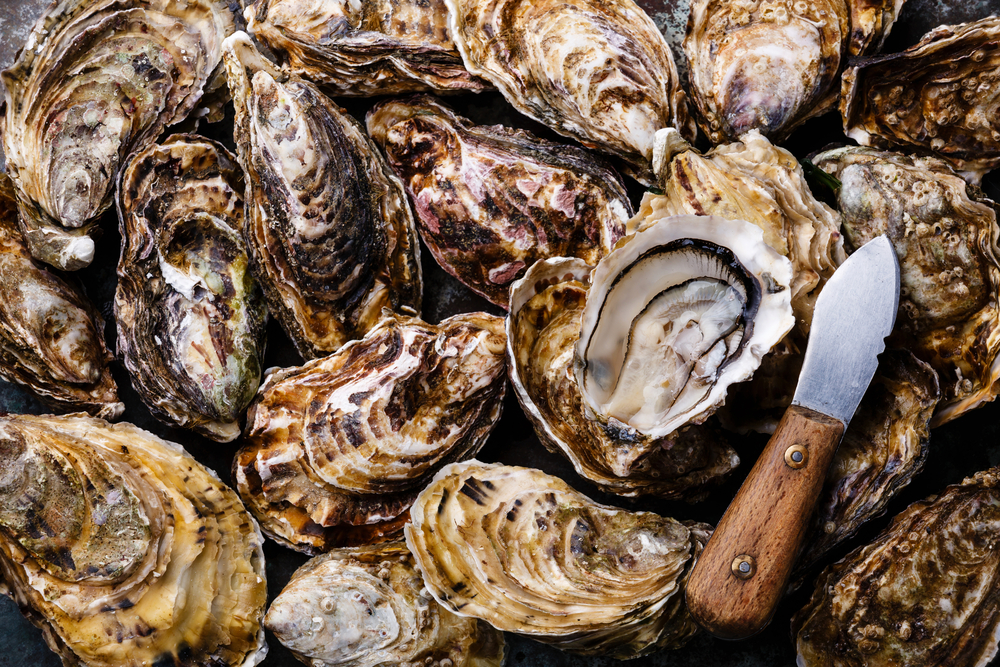
Retail Display Costs
Have you ever noticed at the grocery store how they display their meat and seafood? They display meat through plastic wraps on refrigerated shelves. They display seafood in a glass case that holds a large quantity of ice. This method of display takes more materials and labor, which adds to the price of oysters.
Once again, the propensity for oysters to spoil requires an extra expense. The meat department most likely conducts another inspection of the oysters before putting them out to display. Customers themselves might want to inspect the oysters before buying them. All of this adds time, effort and training that is reflected in higher costs for workers.
Why is Demand for Oysters So High?
Demand for oysters is so high because consumers consider them a delicacy. Before the 19th century, oysters were plentiful and cheap, so they were food for the common people. Once the industrial revolution had polluted much of the environment favorable to oysters, oysters became rare.
Taste
Oysters taste delicious. They have a buttery, salty and sweet component of their flavor that is unique. Consumers also love the texture. An oyster on the half shell goes down the throat like a giant, salty, icy piece of mucous. There is no other culinary experience like it.
Health Benefits
Consumers demand oysters because of their health benefits. The oysters absorb micronutrients from the sea water that they filter. Eating oysters helps with hair and nail growth because they contain a large amount of calcium.
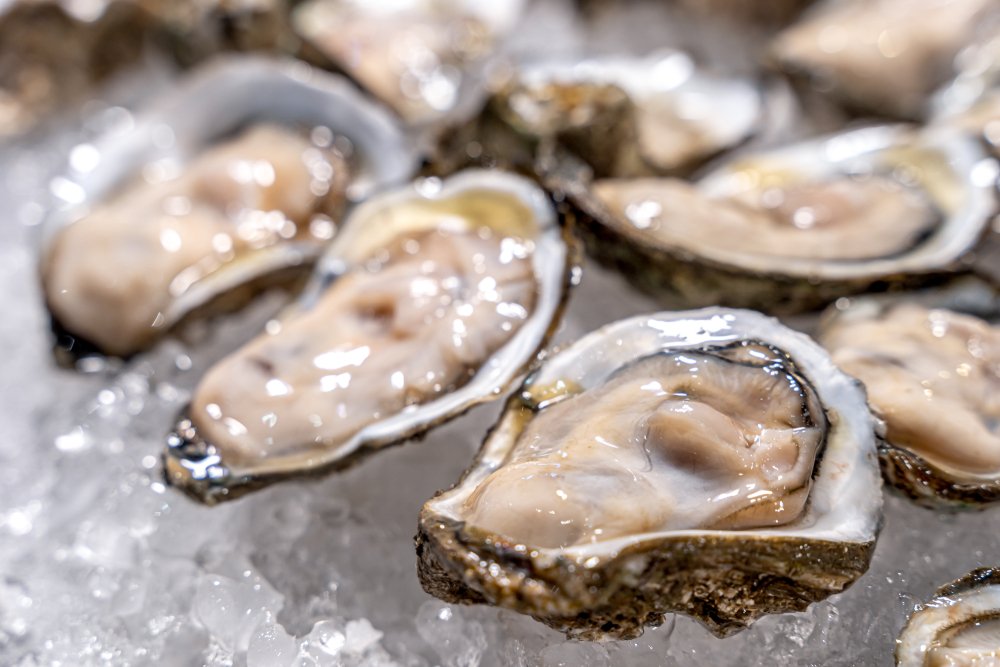
Other Effects
A unique health benefit of oysters is their supposed aphrodisiac effect. I can speak from firsthand experience how a plate of iced oysters can kick off the night on a date. It must have been the oysters, or it was the bottle of champagne we enjoyed while we ate them. Either way, the results were splendid.
Also, read a similar post: How Much Is Escargot
Conclusion
Oysters are delicious and rumored to be an aphrodisiac. No wonder there is such a high demand for them. They are also scarce because of damage to the environment where they grow. Farming oysters increases the supply of oysters. Unfortunately, it will not be enough to keep the cost of oysters in check.


